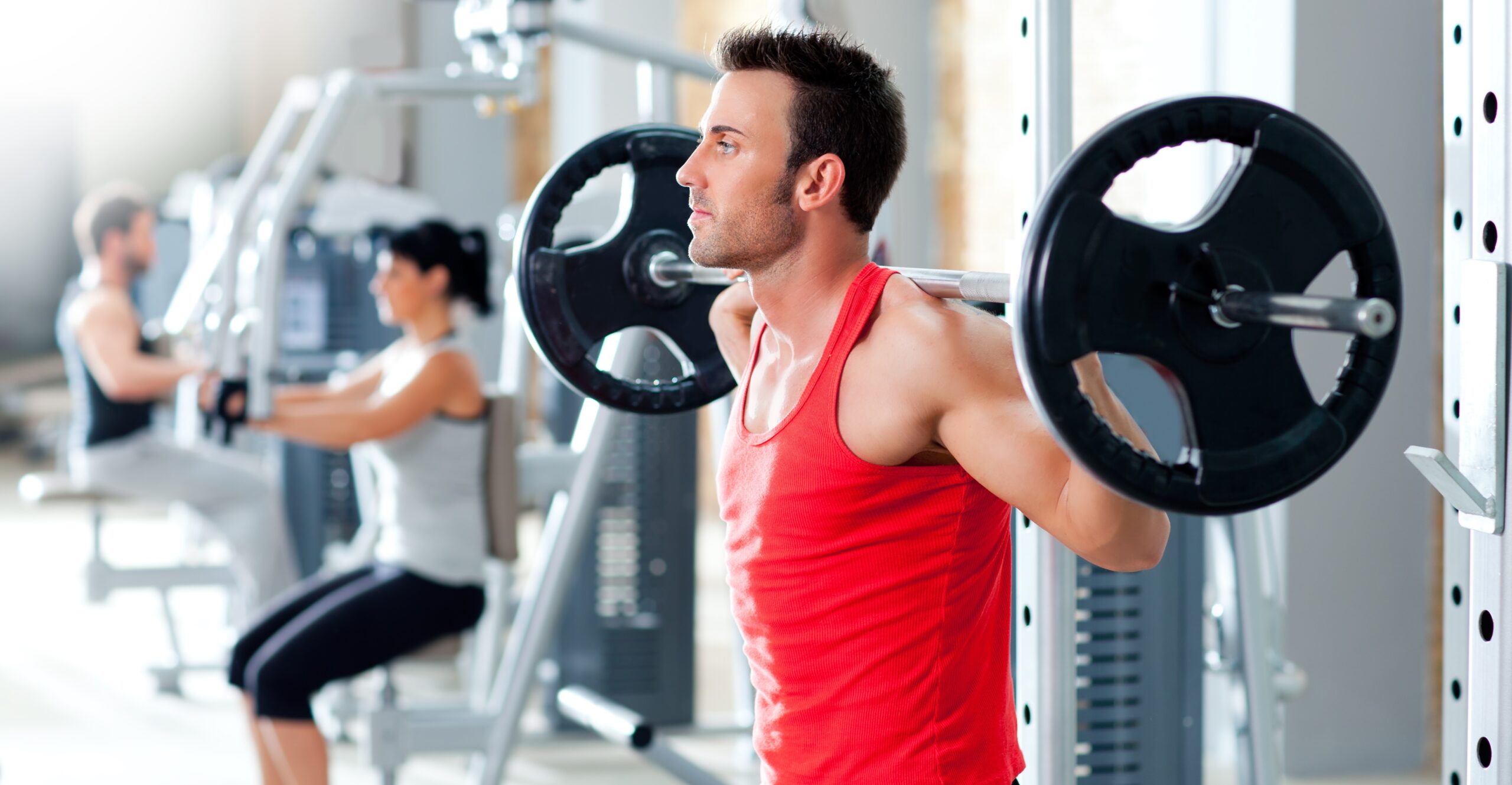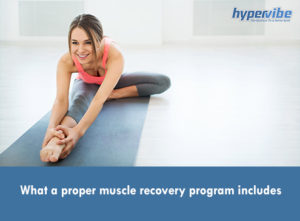How Muscles Repair After a Workout

Muscle soreness and fatigue are more likely to occur in people who exercise only occasionally, and less likely to affect individuals who practice physical activities on a daily basis. A marathoner or bodybuilder is less likely to complain about sore muscles even after 60 minutes of intense workout, while a beginner may feel exhausted and experience painful cramps after lifting weights for 20 minutes.
The length of the recovery period varies from one person to another and is influenced by several factors, from pre- and post-workout nutrition to sleep patterns and water intake. The lack of proper nutrition, skipping sleep hours as well as overtraining can delay the recovery of muscles post-workout. On the other hand, drinking enough water, eating the right foods and practicing light physical activities between the intense workout sessions can help your body recover faster.
How muscle recovery takes place
When you practice intense exercise, the muscle fibers get damaged and the microtrauma activates the body’s self-repairing mechanisms. As a result, specific cells called satellite cells fuse together with the damaged muscle fibers in order to repair them. Some of these cells mature and form new myofibrils, which are the components of muscle fibers, so once they attach to the existing fibers, they stimulate the muscle’s growth in diameter, or hypertrophy as this process is referred to.
Resistance training is more likely to cause hypertrophy as it works the muscles in a more profound manner, and causes minor trauma. Whenever muscle fibers get damaged during a workout, the satellite cells are prompted to begin a cascade of events that contributes to muscle repairing and growth. Several hormones, mainly growth factors, are needed for supporting the gain of new muscle fibers, as well as for facilitating the repairing process.
Insulin also plays a role in muscle recovery, as it enhances the synthesis of protein and facilitates the entering of glucose into the muscle cells. Glucose is then stored as glycogen, which is used as fuel for all cells, including the satellite cells. The growth hormone and testosterone also contribute to muscle hypertrophy, and the availability of amino acids which come from dietary protein strongly influences the muscle recovery process.
An adequate intake of proteins ensures a proper amount of readily available amino acids inside the body, these nutrients being essential for the satellite cells to start the reactions that allow them to rebuild the damaged tissue. A lack of amino-acids (resulting from a diet that’s poor in protein) will delay the muscle recovery process, as the satellite cells can’t proliferate effectively and thus can’t start repairing the damaged tissues immediately after the workout.
Depending on your fitness level, on how heavy you lift or how intense your workouts are, the soreness may last for a couple of hours or for several days.
Home solutions for faster muscle recovery
To speed up the recovery without relying on over-the-counter drugs like NSAIDS, you can try these tips:
1. Practice active recovery. While it may be tempting to simply lie on the couch and wait for the soreness to pass, it’s better to keep moving around and d light activities like walking or swimming. These stimulate circulation and prevent the retention of water in tissue, relieving muscle cramps at the same time.
2. Eat high-protein foods and good carbs. Ideally, you should consume a 2:1 carbs:protein ratio post-workout, as your muscles need both these nutrients for faster recovery. Proteins are used for repairing the damaged fibers, while carbs are needed for replenishing the glycogen stores and bringing water to muscle cells.
Foods that are rich in potassium, like bananas, melons, oranges and potatoes, as well as those that provide high amounts of protein – meat, eggs, dairy products, some green leafy veggies – should be part of your post-workout meal.
3. Drink the right fluids. Exercising causes sweating and sweating takes fluids out of your body, so you should replace them by drinking enough water during and after a workout. If your training sessions last more than 1 hour or you exercise in hotter temperatures and lose large amounts of fluids, it’s recommended to adjust the water intake as needed.
A few sips should be enough during a 30-minute jogging or running session, but for weight training or running at higher speeds, you might need to drink more fluids. Also, if you exercise for more than 60 minutes, you should try a sports drink so as to replace not only the lost fluid but also the electrolytes.
4. Sleep enough for your muscles to recover efficiently. Although muscle growth is stimulated by diet and it’s easier to treat the soreness by remaining active, the real recovery happens while you sleep. It’s therefore necessary to take enough rest and allow your body to recover at a natural peace, by sticking to a healthy sleep routine.
5. Use foam rollers or have a massage. Both these techniques work by stimulating the circulation and lymph flow, and they help your muscles relax. If the soreness is very disturbing and you experience painful cramps, you might want to apply some ice packs as well, or to take cold showers.
Have something to add to this post? Feel free to post your comment below or join our Facebook community and share your thoughts with us!















